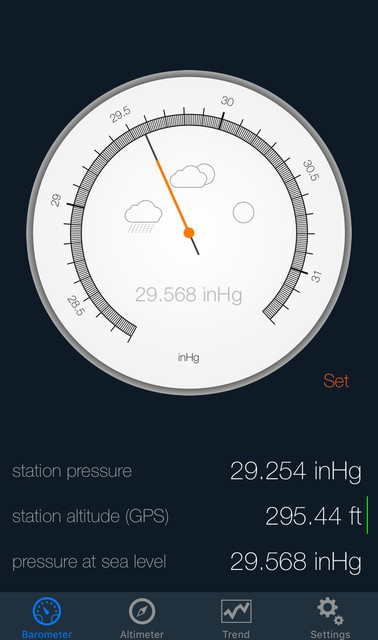Mine was honestly straight forward. A few that are good to know:
- What happens if your pitot tube freezes, but the drain hole remains open?
- What happens when the entire pitot tube freezes over?
- What happens if your static port freezes over but the pitot remains open?
- My examiner asked how the ILS system worked - I explained what I knew, but I told him I didn't honestly know the exact details of how it is configured on the ground. He was fine with that.
- What do you use for forecasted weather if there is no weather reporting system at your alternate? (not really tricky)
- How can you calculate required climb (FPM) from climb gradient (ft/NM)? (again not really tricky - by the way the Sporty's E6B iPad app has a nice feature that calculates this. Showed the examiner and he thought that was really nice).
Idk I didn't really have any trick questions. My oral was actually fairly short, but I explained things in great detail (which most people tell you NOT to do). I think he figured out pretty quickly that I knew my stuff.
To be honest, the IFR checkride was really straight forward. I was over prepared in a lot of ways, but better to be over prepared than under prepared. I also had a great examiner who was very reasonable, straight forward, etc. A complete 180 from the PPL examiner I had, who was honestly a bit of a jerk.
I uploaded my IR checkride summary I wrote for my instructor. You might find it helpful. Keep in mind I wrote this like 2 weeks after my checkride so I definitely forgot some of the oral exam items that were discussed.


